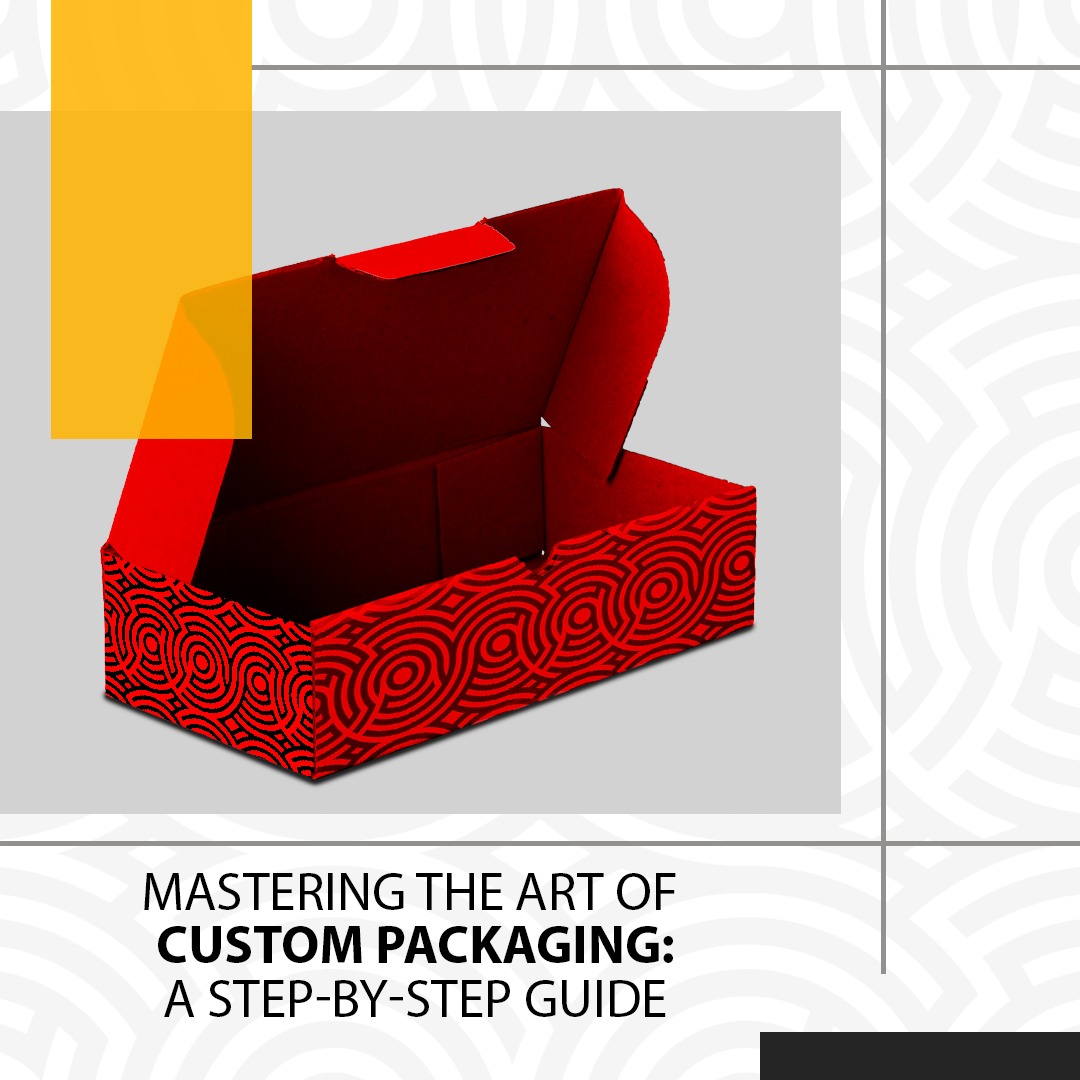Custom packaging is more than just a way to protect your products during shipping. It’s also a powerful marketing tool that can help you stand out from your competitors, attract more customers, and increase your brand loyalty. In this blog post, we’ll show you how to master the art of custom packaging in five easy steps.
Step 1: Define your goals and target audience
Before you start designing your custom packaging, you need to have a clear idea of what you want to achieve and who you want to reach. Some possible goals are:
- To increase brand awareness and recognition
- To communicate your brand values and personality
- To create a memorable unboxing experience
- To encourage repeat purchases and referrals
- To showcase your product features and benefits
Your target audience is the group of people who are most likely to buy your products and appreciate your brand. You need to understand their needs, preferences, preferences, pain points, and expectations. Some factors to consider are:
- Age, gender, location, income, education, occupation
- Lifestyle, hobbies, interests, values, beliefs
- Buying behavior, motivations, challenges, goals
Step 2: Choose your packaging materials and style
Once you have defined your goals and target audience, you can choose the best packaging materials and style for your products. There are many options available, such as:
- Cardboard boxes, paper bags, envelopes, mailers
- Plastic containers, bottles, jars, pouches
- Wood crates, metal tins, glass jars
- Fabric bags, wraps, ribbons
The packaging materials and style you choose should match your product type, size, weight, shape, and fragility. They should also reflect your brand identity and values. For example, if you sell organic products, you might want to use eco-friendly materials like recycled paper or biodegradable plastic. If you sell luxury products, you might want to use premium materials like velvet or leather.
Step 3: Design your packaging graphics and copy
The next step is to design your packaging graphics and copy. These are the visual and verbal elements that convey your brand message and personality. They include:
- Logo, name, slogan
- Colors, fonts, images
- Shapes, patterns, textures
- Texts, labels, stickers
The packaging graphics and copy should be consistent with your brand identity and goals. They should also be appealing and engaging for your target audience. For example, if you sell children’s products, you might want to use bright colors, funny images, and playful texts. If you sell professional products, you might want to use neutral colors,
simple images, and informative texts.
Step 4: Test your packaging design and functionality
Before you launch your custom packaging, you need to test it for design and functionality. This means checking if it looks good, works well, and meets your expectations. Some aspects to test are:
- Size, shape, and fit of the packaging
- Durability, strength, and protection of the packaging
- Ease of opening, closing, and sealing of the packaging
- Clarity, accuracy, and readability of the packaging graphics and copy
- Appeal, impact, and feedback of the packaging on your target audience
You can test your packaging design and functionality by using prototypes, samples, or mockups. You can also ask for feedback from your customers, partners, or experts. Pro Custom Box provides 3D mockup free of cost for this purpose.
Step 5: Produce and distribute your custom packaging
The final step is to produce and distribute your custom boxes. You have already landed at a reliable packaging supplier website who can deliver high-quality products at a reasonable price and time frame. What makes Pro Custom Box standout from the crowd?
- Experience
- Quality and variety of the packaging materials and options offered.
- Cost, speed, and flexibility of the packaging production and Free delivery
- Communication and support
Once you have received your custom packaging, you can distribute it to your customers through various channels,
such as:
- Online platforms like websites or social media
- Offline platforms like stores or events
- Direct mail or courier services
Congratulations! You have mastered the art of custom packaging! Now you can enjoy the benefits of having a unique and attractive packaging that showcases your brand and products.



